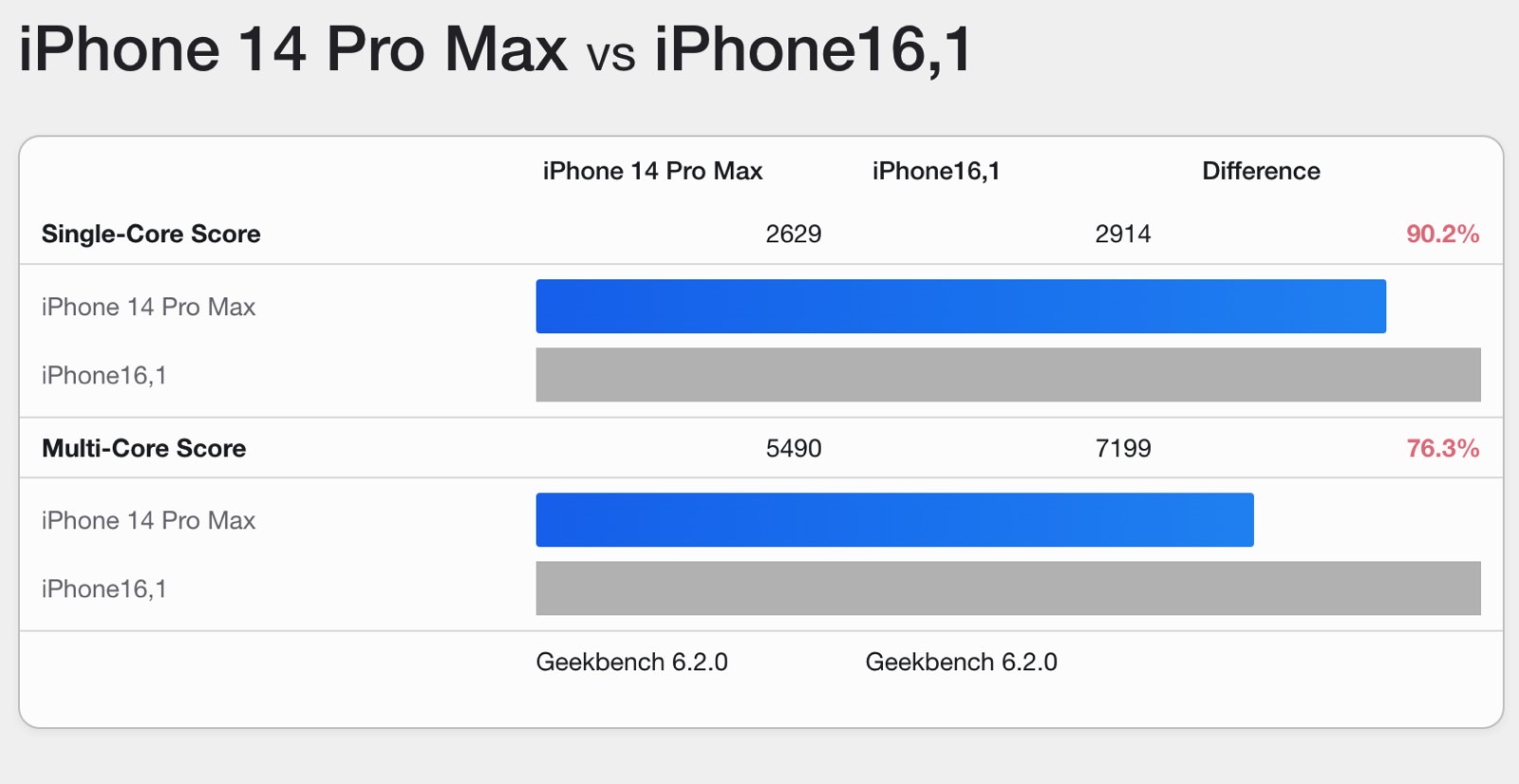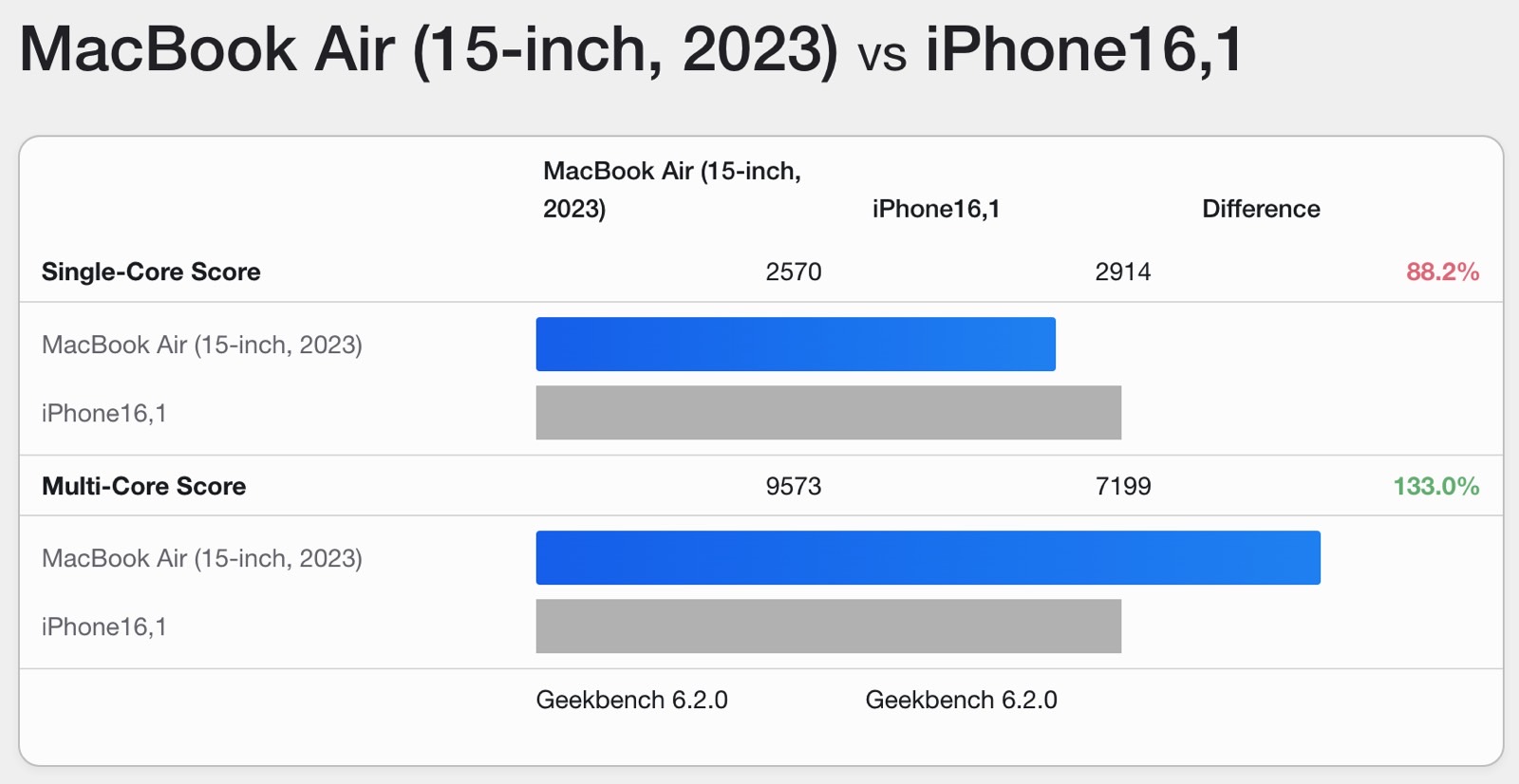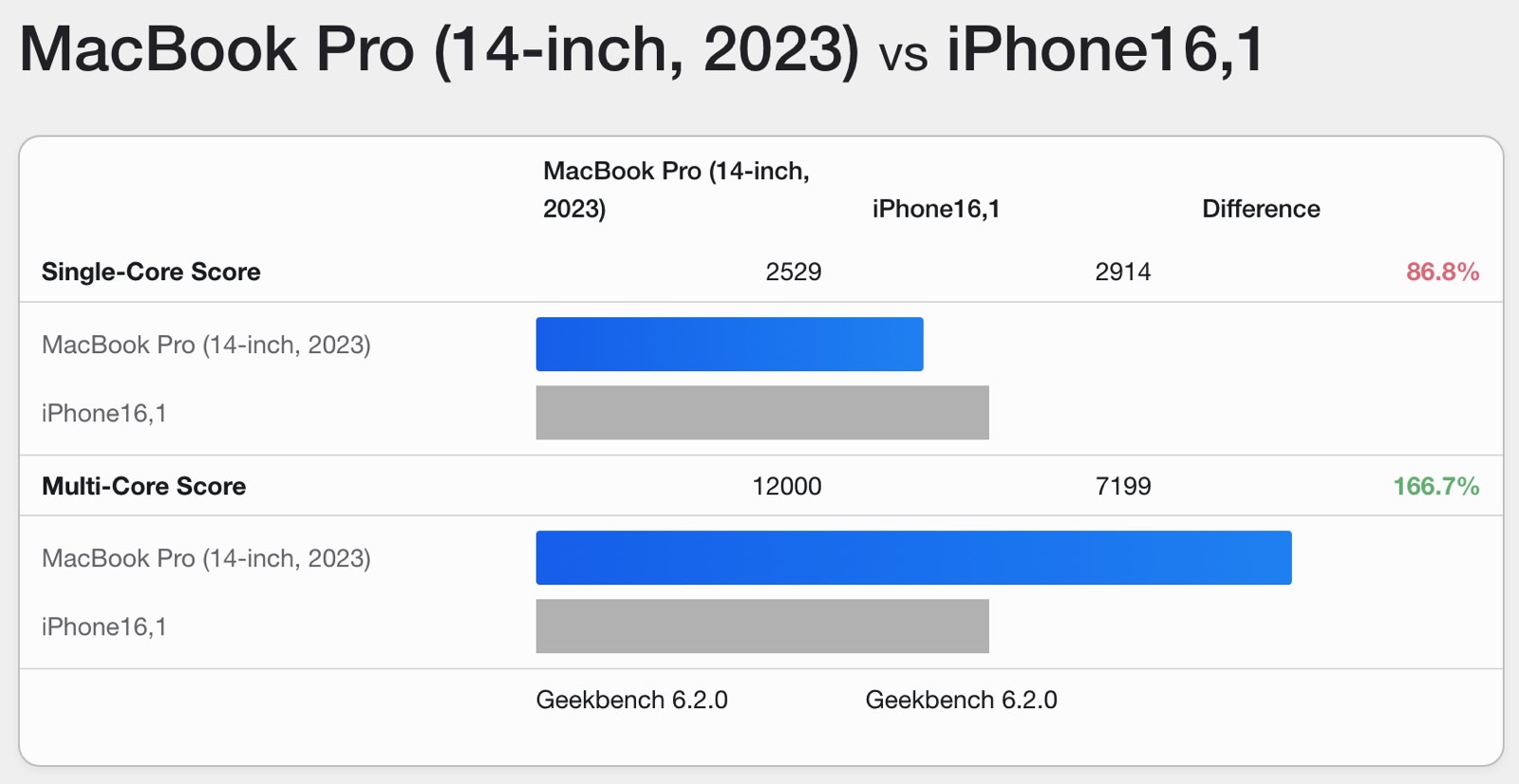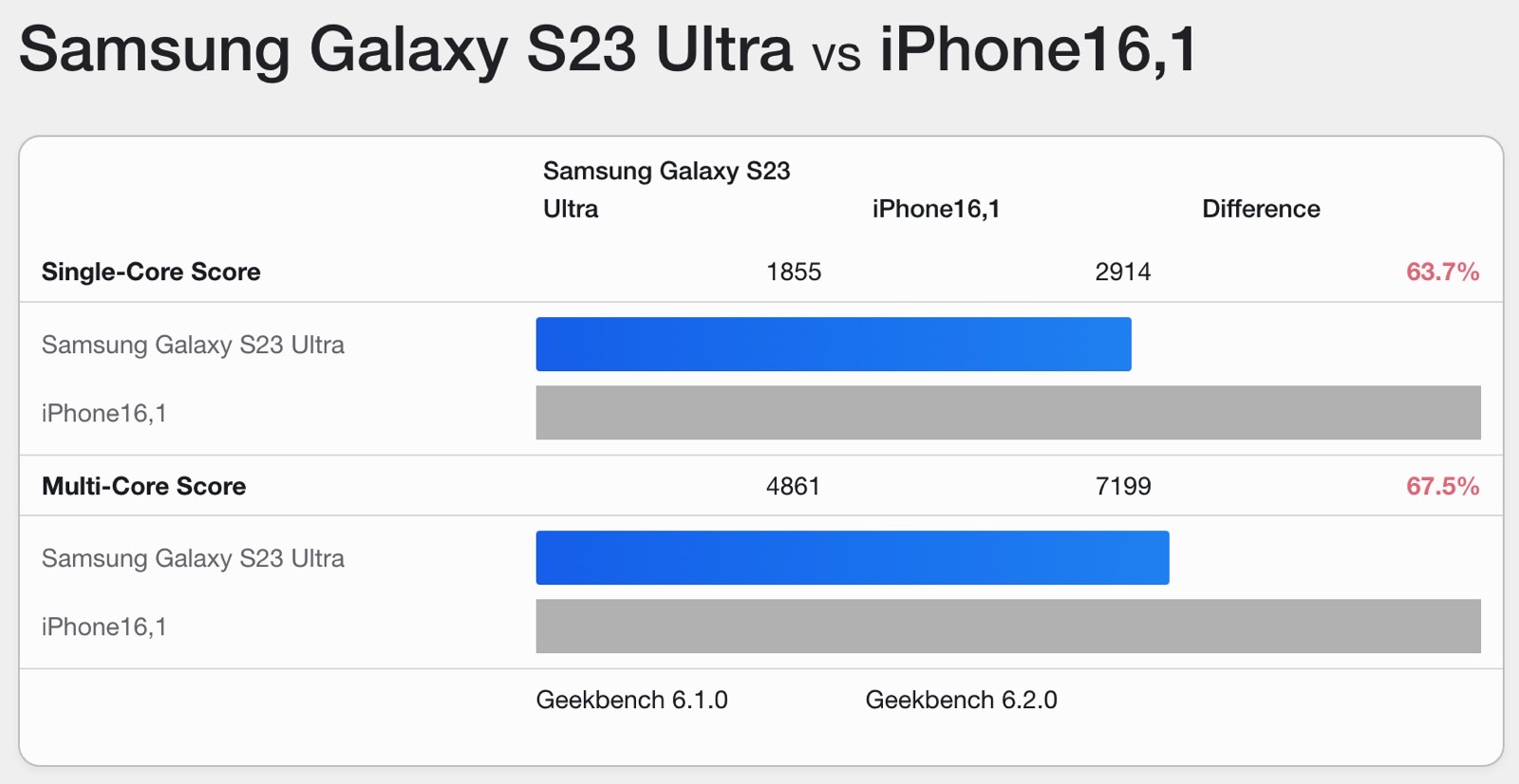The iPhone 15 Pro and 15 Pro Max are available for preorder right alongside the iPhone 15 and 15 Plus. But the Pros pack a feature some iPhone buyers might want to take advantage of, the brand-new A17 Pro chip. This is the first iPhone System-on-Chip (SoC) to trade the nonsensical Bionic designator in favor of actually something that makes sense. A17 Pro means a high-end iPhone experience. The best possible experience.
Also, it turns out the iPhone 15 Pros will be the best handheld gaming console Apple has ever sold. Wait, what? Apple doesn’t make gaming devices, and it’s been ignoring the space for years. Even though every iPhone 15 Pro predecessor was also a great gaming phone. They still are. They’re great at playing App Store games, even those deemed “console games.”
Apple’s focus on gaming is shifting. It happened with the M-series chips that power MacBooks, iPads, and Vision Pro. And the A17 Pro indicates Apple is very interested in console gaming on iPhones. Console gaming that might compete against the Nintendo Switch, Steam Deck, and Legion Go consoles.
But equipping the iPhone with a processor nobody in the industry can match is only half the job done. It turns out that Apple might be its own worst enemy for making console games happen on iPhone and Mac. It’s not the hardware. It’s a part of the software: The 30% tax.
The gaming market is too massive to ignore
iPhone buyers spend more money on mobile devices. That explains Apple’s confusing fall 2023 iPhone prices that might motivate many to buy the iPhone 15 Pro instead of anything cheaper this year. Also, most estimates indicate that the iPhone 15 Pro and 15 Pro Max will be the best sellers of the iPhone 15 series.
On the same note, iPhone buyers spend plenty of cash on Apple services, apps, and other digital content from the App Store. So iPhone 15 Pro buyers who want ray tracing and console games from the iPhone would likely pay the cash required to get games like Baldur’s Gate 3 ($59.99 on Steam) and Starfield ($69.99 on Steam) on their iPhones, if those games ever make the leap.

However, Apple doesn’t seem to do enough to attract big gaming studios to its platforms. Apple clearly wants them, especially for devices geared toward content consumption like the Vision Pro.
Global revenue for the entire gaming industry topped $396 billion last year, per Statista. App Store revenue soared to $85 billion, according to the same source. This includes all app sales, not just games. Also, the App Store brings in more than double the revenue of Google’s Play Store, a different Statista analysis shows.
Not all developers are happy
Apple would have to spend plenty of cash on marketing its MacBooks, iPads, and iPhones as console equivalents. And that means making sure that some of those AAA gaming titles are available on macOS, iPadOS, and iOS soon after the console releases, if not simultaneously.
This is where that 30% commission comes in. Apple isn’t the only company that’s taking a cut from digital sales on its hardware platforms. Others in the gaming industry apply the same 30% percentage. It’s only normal to expect such behavior from platform owners. It’s the commission that annoys developers and consumers.

There’s been a growing wave of protests from devs in the past few years, including game developers. The Apple tax and the App Store rules that prevent third-party app stores and payment systems are at the core of these complaints.
Apple may have won the fight against Epic Games, and rightly so. There’s no question that the Fortnite developer created a situation so it could escalate the fight and get the public on its side. That latter part never happened, and Fortnite has not been available on iPhone and Mac for years as a result. It’s a lose-lose-lose scenario where the user, Apple, and Epic all lose.
App Store changes seem inevitable
Independent of the Epic legal predicament, Apple will have to add sideloading to iOS 17 and let developers launch third-party app stores and payment systems. But it’ll happen in Europe only, where the European Union forced Apple, for the second time in a few years, to make big changes to its platform. The first was the USB-C port, which is coming with the iPhone 15 series.
It’ll be interesting to see what happens then. I already told you I won’t be sideloading apps or using third-party app stores and payment systems. But this could open the floodgates to more competition on iPhone, at least in Europe.

Apple might have a change of heart and apply the changes uniformly around the world. And if I were Apple, I’d do it simply to capture the attention of gaming studios that can bring console games to the iPhone 15 Pro. I’d also lower that 30% commission in the process.
Mind you, that A17 Pro chip will trickle down to iPhone 16 next year and some iPads. Those console games could be available on tens of millions of devices. Well above what’s the reach of PS5, Xbox, and Switch. But iPhones, iPads, and Macs are already more expensive than a PS5.
All Apple has to do is lower its tax so gaming studios have an incentive to publish their games through the App Store. That, however, should be a prerequisite: launching games via the official App Store rather than creating third-party app stores.
That might be enough for more gaming giants to focus on the iPhone. Again, these companies already pay 30% commissions in other places. But they’d probably be happy to take any discounts from Apple and keep the profits. As for the end-user, I don’t expect us to pay less for AAA titles on iPhones than consoles. But, at least, prices might not go up.
Gaming could be huge on the iPhone, iPad, and Mac
All of that would be a major competitive advantage over Android. Yeah, those Android gaming phones that come out every year with outrageous specs? They can’t match the iPhone 15 Pro’s A17 Pro chip. And they have limited market share.
When the M1 iPad came out, I said Apple was a few innovations away from putting that chip into the iPhone. And that it would happen soon.
See the screenshots above; it just happened. These are all Geekbench 6 comparisons between the iPhone 15 Pro/Max and the iPhone 14 Pro/Max, the Galaxy S23 Ultra, the M2 MacBook Air, and the M2 Pro MacBook Pro.

The A17 Pro trashes Android, and it’s significantly faster than the A16 Bionic. It also tops in single-core tests various M2 chips.
All that power will be wasted, as far as gaming goes, unless Apple can ramp up its gaming offerings quickly.
Of course, I’m just speculating here. I have no idea how and when Apple will implement the mandated changes to the App Store in the EU. And I’m a casual gamer who rarely games.
But I do own a Steam Deck. And I did say recently that the Legion Go sounds like an exciting prospect. With that in mind, I’d love to use the iPhone 15 Pro to game more. I’d even upgrade my iPhone 14 Pro for that.








